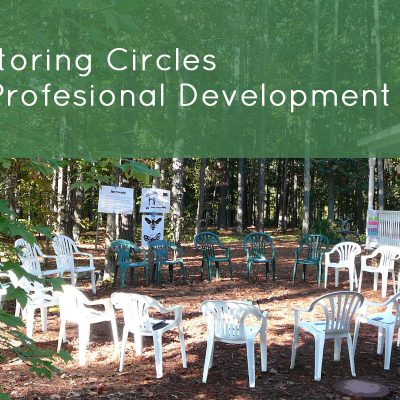
I was recently mentoring an organizational consultant that I have great respect for and the topic of conversation was how to help her client put strategic goals into action. The client was developing some operating plans and realized that something wasn’t working to get the teams moving towards success with the plans.
As consultants, when we do strategic planning, we include a focus on intangible assets as taught by Norton and Kaplan in Strategy Mapping. Basically, once the high level strategic goals are agreed on, there is important work that needs to precede the development of an operational plan. This important work is too often missed and results in operational plans that are less likely to accomplish successful strategic goal execution.
This missing middle step was what was missing for the client organization.
Putting Strategic Goals Into Action
Before developing the operational plan filled with its objectives, targets, milestones and metrics, there are 2 important questions to be answered:
- What internal processes does the organization (or team) need to excel at in order to accomplish these strategic goals?
- What intangible and tangible assets need to be in place to accomplish these strategic goals?
Certainly a management team could sit down and develop the answers to these questions. I suggested to my mentee to ask her client whether the management team was willing to have the whole team come together to answer these questions. In our experience, this would provide the best answers from many vantage points in the team. It would bring people into alignment in what they would need to operationalize to accomplish the strategic goals. The management team agreed. They understood the improved teamwork that could result from doing this work together.
In the mentoring session, we talked about the answers to these two questions being perceived as a number of sub-strategies that are needed for strategic goal accomplishment include:
- information capital
- organizational capital
- human capital
- capital gained from tapping into the collective intelligence
- finances
Processes for Engagement
Another discussion topic was that a process and tools for engaging the people was equally important to what is to be accomplished. In other words, how the development of the sub-strategies of strategic goals execution was carried out was as important as getting them done. From the processes within the Genuine Contact™ program, she chose to use Whole Person Process Facilitation.
The consultant reported back to me that the session, taking place for a full day, resulted in sub-strategies that the team members were very happy with and could imagine putting into action. They said that without the session, they would have missed important considerations for operationalizing their plan that would have shown up as barriers along the way.
Image Credit: Alaina Cherup | FreeImages.com











Leave a Reply
You must be logged in to post a comment.